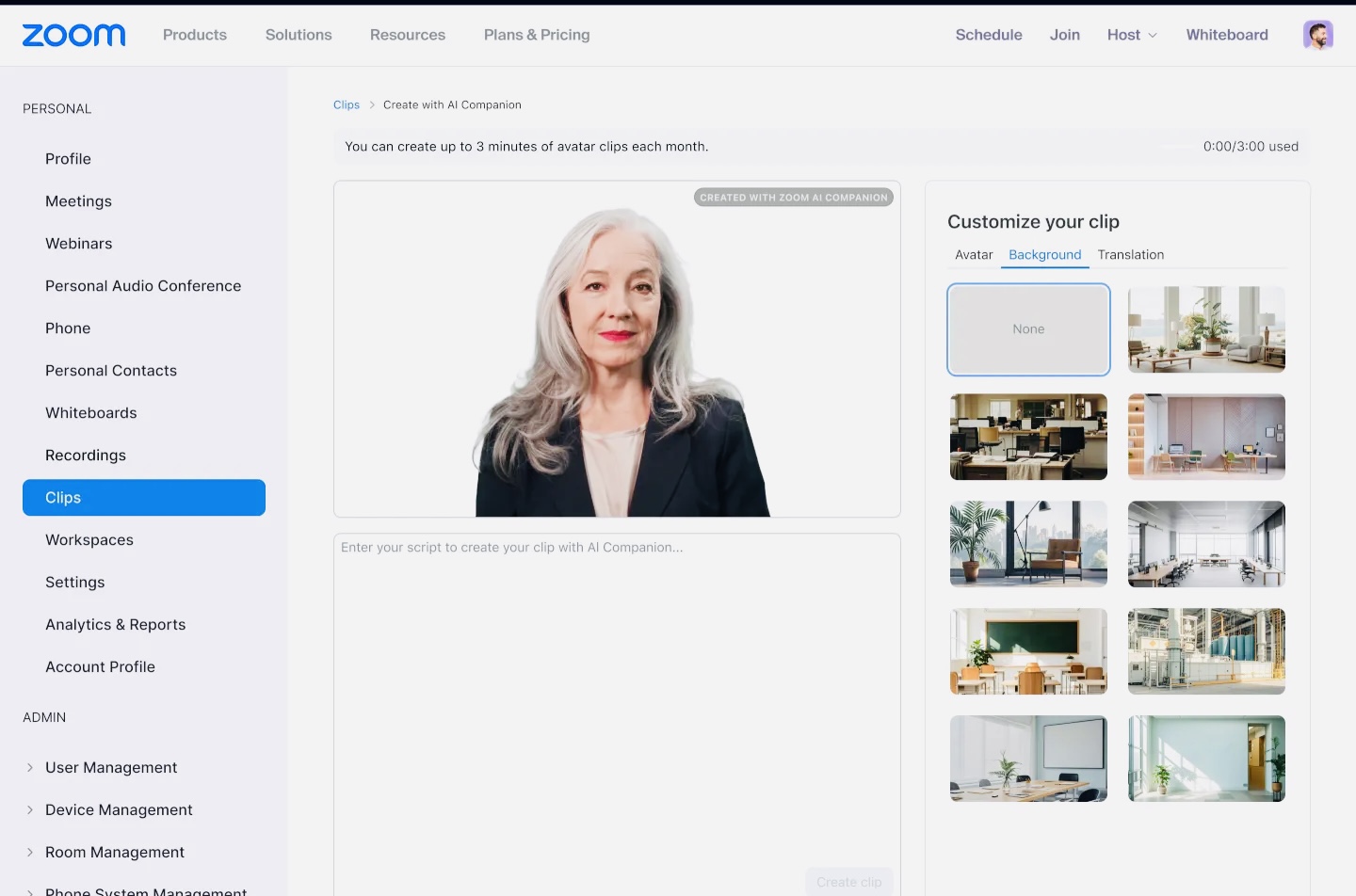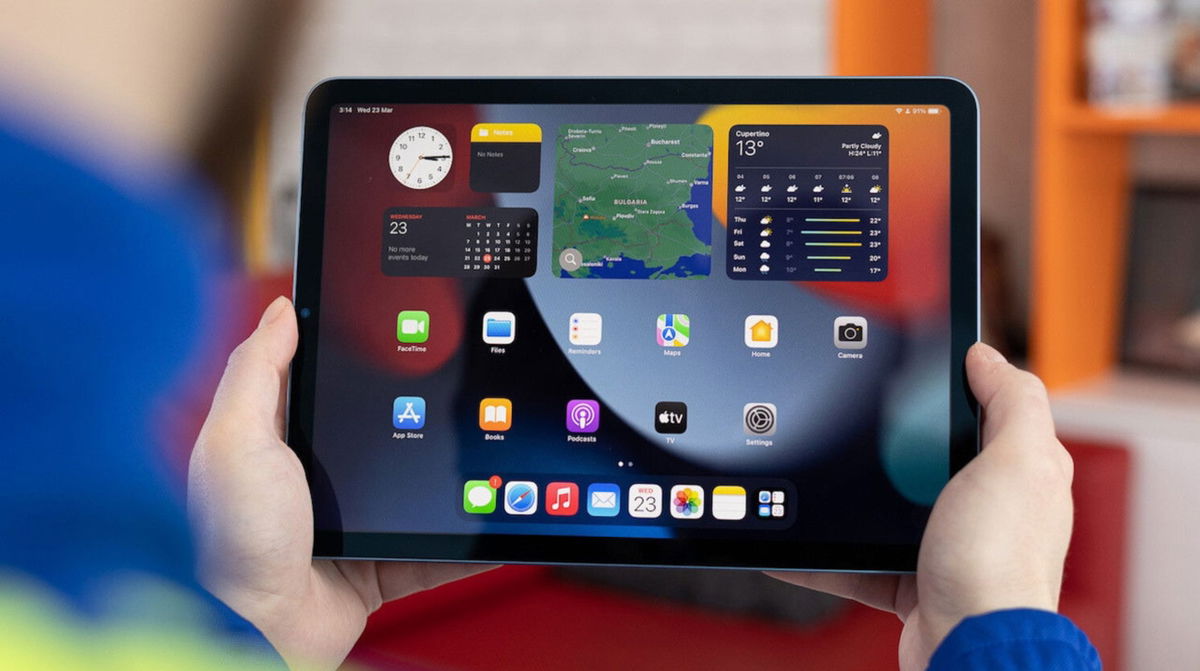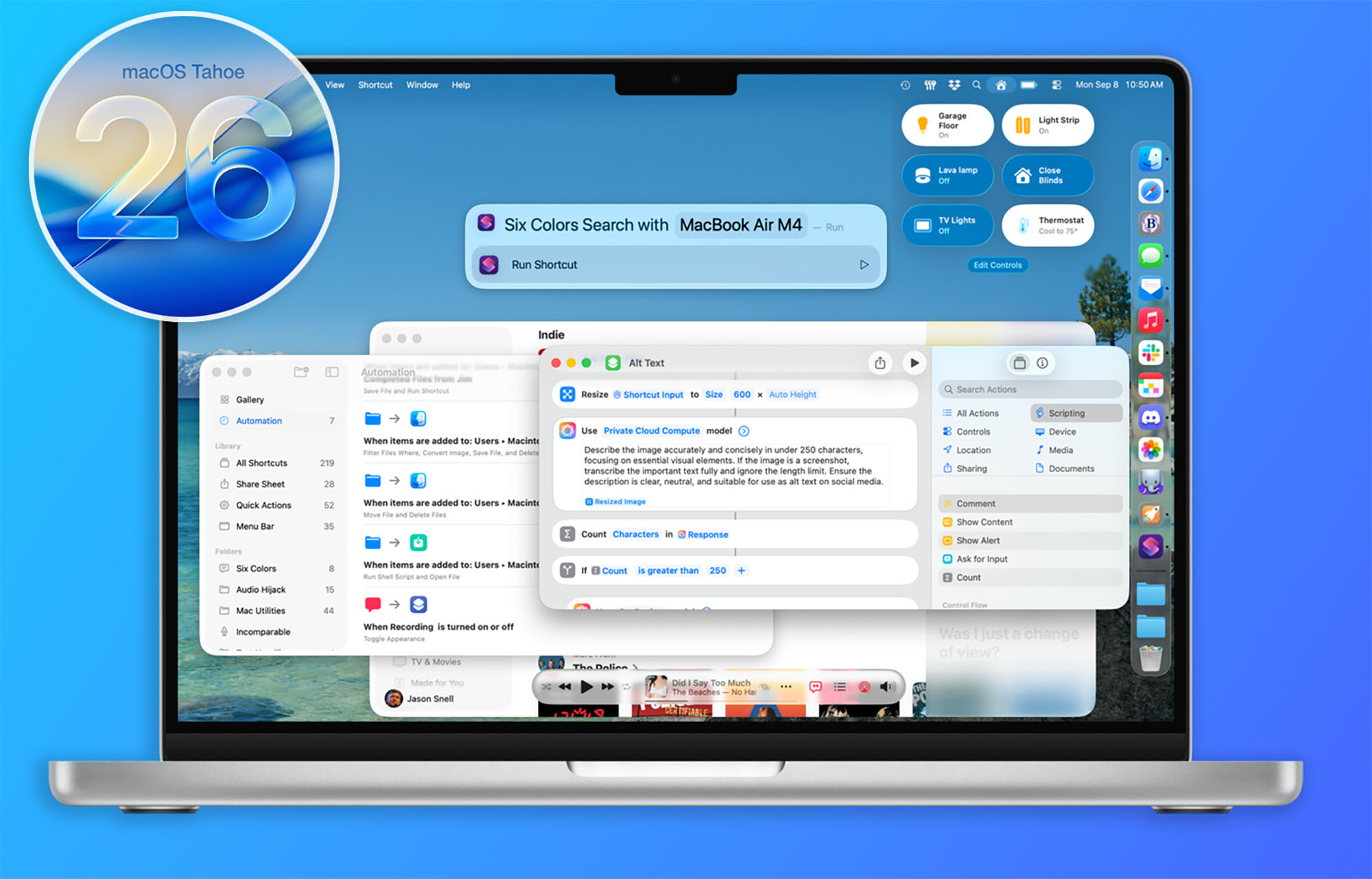Microsoft will end support Windows 10 in October 2025. A decision that will impact both the general public and the companies and organizations that depend on this operating system. It’s true that the latter will be able to pay for extended security updates, although Redmond residents will prefer update massive for Windows 11. The problem is that many PCs are not compatible with this latest version, and Google wants to take advantage of the moment to offer ChromeOS Flex as a solution.
Mountain View is encouraging businesses of all sizes to consider ChromeOS Flex as an alternative to Windows 11 once Windows 10 stops receiving software patches. A solution that will not only extend the life of equipment, regardless of the capabilities of its hardware, but also prevent the generation of electronic waste.
According to estimates published in December 2023, the end of support for Windows 10 will turn about 240 million computers into trash. This is due to the inability to upgrade to Windows 11. If we accept the scale of the problem this represents, then this number of computers would be equivalent to approximately 480,000 tons of electronic scrap.
Google notes that the ChromeOS Flex extension can help prevent this. “With ChromeOS Flex, businesses can install a new operating system that automatically updates their existing fleet of Windows devices. This modernizes devices, extends their lifespan and prevents them from ending up in landfills, reduces the attack surface and saves hardware upgrade costs,” the company says. Californians.
Of course, Google also sees the end of the Windows 10 cycle. Fast Path to Expanding ChromeOS Market Share. While it’s true that Chrome OS Flex isn’t exactly the same as the Chromebook operating system, it does share core features. Moreover, it is free and its hardware requirements are very low.
Google wants to take advantage of the end of Windows 10 to gain market share with ChromeOS Flex
ChromeOS Flex was announced in 2022 as an operating system that could breathe new life into almost any Mac or Windows PC. The installation process is very simple as you only need to download the software image and create a USB drive. boot to complete it.
As we mentioned earlier, one of the greatest attractions of ChromeOS Flex is that works with computers with very limited hardware. The only thing you need is a computer with a 64-bit x86 processor (Intel or AMD), 4 GB of RAM and 16 GB of internal memory. Also requires full access to the BIOS as an administrator and the ability to PC boot from a USB drive.
The vast majority of Windows 10 computers today easily exceed these specifications. Therefore, Google believes that the transition to ChromeOS Flex will be much easier; especially in environments where there are many computers running, such as an enterprise.
Windows is without a doubt the king of operating systems worldwide with a market share of 73%. Windows 10 is the most used version, with a share of 66.45%. Meanwhile, ChromeOS has a minor presence in the desktop software sector.
Chromebook OS accounted for just 1.78% of the market in January 2024, according to Statcounter. A significant drop, considering that in October 2023 it held 4.1%. So encouraging those using Windows 10 to upgrade to ChromeOS Flex is a strategy worth trying Quickly scale your global presence. Let’s see if this gives results.
Source: Hiper Textual
I am Garth Carter and I work at Gadget Onus. I have specialized in writing for the Hot News section, focusing on topics that are trending and highly relevant to readers. My passion is to present news stories accurately, in an engaging manner that captures the attention of my audience.













